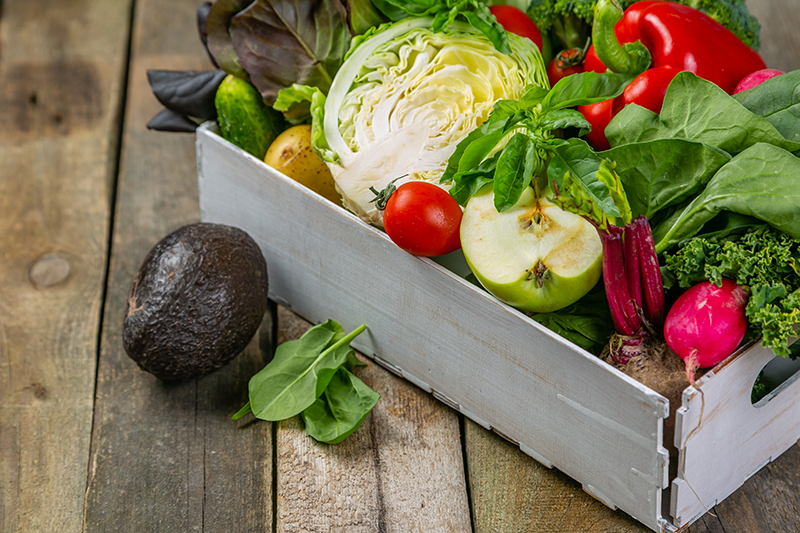7015 Spring Meadows West
Suite 100
Holland, OH 43528
email:
drjonsimpson@gmail.com
What Should We Eat?:
The common part of all good diets is that they contain real food. Food that hasn’t been sprayed with chemicals or processed to the point that it stops being food.
There are so many diets to choose from, Mediterranean, Paleo, Low-fat, Vegan, Keto, Atkins, Gluten-free. Your best choice is a diet with lots of fresh organic vegetables and fruits, range fed beef, pastured chicken and eggs, complemented by legumes, fermented soy, fish and seafood, extra-virgin olive oil, avocado, coconut oil, fresh garlic, nuts and seeds, and even seaweed. This diet is full of low-glycemic, unprocessed, nutrient-dense fuel that’s satisfying, helps keep excess weight off, and promotes health. It may even help you live longer.
By applying the above principles, we can see which diets are most likely to supply our needs for a vibrantly, healthy body.

Mediterranean Diet: is a very good diet, it emphasizes vegetables, fruits, nuts, whole grains, olive oil and legumes. My concerns are the grains, many people are becoming sensitive to wheat and gluten and would have to use gluten free breads and pasta. Another concern is that people load up on bread and pasta without the healthy vegetables, fruit and nuts.
Keto and Low-Carb Diets: These diets work because you cut your carbohydrate intake so low that your body runs out of sugar to burn for energy, and it has to burn its fat stores instead. A common ratio is 75% fat, 20% protein and 5% carbohydrates. These diets are effective ways to lose weight.
What I do worry about is the idea that that “low carb” means “meat, chicken and fish” only and no vegetables. Low-Carb dieting can be healthy if you include healthy fats like olive oil, avocado, coconut oil and low glycemic vegetables which are full of vitamins, antioxidants, and fiber.
Low-Fat Diets: In the 1990’s it was thought that a fat in your diet would cause weight gain and raise cholesterol levels. Now we know that fat – especially saturated fat is actually good for us. The carbs and grains that everyone was substituting for fat were increasing rates of obesity and diabetes! These diets were also very hard to stick to because high sugar without the stabilizing affects of fat in the diet left you constantly hungry.
If weight loss is your goal, a low-carb diet is by far a better option than a low-fat diet.
We need fat in our diet. It’s a key element in a lot of bodily functions. For example, our hormones are made from cholesterol and limiting your fat intake can affect your levels of omega-3 fatty acids, which are crucial for heart and brain health. So don’t be afraid to eat fat butstick with nuts, extra virgin olive oil, avocados, coconut oil and even organic cheese if you can eat dairy. These – along with the protein, fiber, antioxidants, and key nutrients the diet provides – are the best weight loss strategy.
A Vegan Diet: which means you don’t eat any animal products – is a double-edged sword. On the one hand, if you eat mostly fresh fruits and veggies, legumes, nuts, fermented soy and seeds, it’s a very healthy diet with the potential for some disease reversal. On the other hand, if you eat a diet full of bread and pasta, you’re not doing your health or waistline any favors.
Many vegans are deficient in vitamin B12, coenzyme Q10 and L-carnitine which are vital to heart health healthy arteries and energy production. To make vegan a healthy diet, limit the processed carbs and take vitamin B12, CoQ10, and L-carnitine supplements.
A Gluten-Free Diet: For the portion of the population with celiac disease, and for people with allergies or sensitivities to foods with gluten, a gluten-free diet is essential. Many health complaints such as chronic inflammation, joint pain, headaches, brain fog can’t be managed without removing gluten from your diet.
I, like many of my patients have experienced almost unbelievable improvements in my health since removing wheat and gluten from my diet. However, most gluten free products are not health food. They are highly refined wheat alternatives that are usually made from rice and corn. So, they fall into the category of commercially made food products that most people should limit in their diet. I do use gluten free noodles and bread but only once or twice per week.
Gluten-free can be a healthy weight loss diet, but only if you cut out the high-glycemic gluten-free carbs, and fill up on fresh fruits and veggies, nuts, seeds, and other healthy organic food.
The Paleolithic diet: also known as the caveman diet – I think Paleo is a healthy diet. It consists of what you could hunt and gather before modern food processing came along: meat, fish and seafood, fresh fruits and vegetables, eggs, nuts and seeds, and good fats from olive and coconut oils, avocado, and walnuts. Modern foods like cereal grains, dairy, refined sugar, and processed foods are not included in the paleo diet.

Goals:
Regardless of which diet you go with, remember that the quality of your food will impact your results. That’s why, whenever possible, I recommend lots of fresh organic vegetables and fruits, range fed beef, pastured chicken and eggs, complemented by legumes, fermented soy, fish and seafood, extra-virgin olive oil, avocado, coconut oil, fresh garlic, nuts and seeds, and even seaweed. This diet is full of low-glycemic, unprocessed, nutrient-dense fuel that’s satisfying, helps keep excess weight off, and promotes health. It’s the best way to minimize your exposure to GMO’s and pesticides artificial colors, flavors and preservatives. It may even help you live longer.
